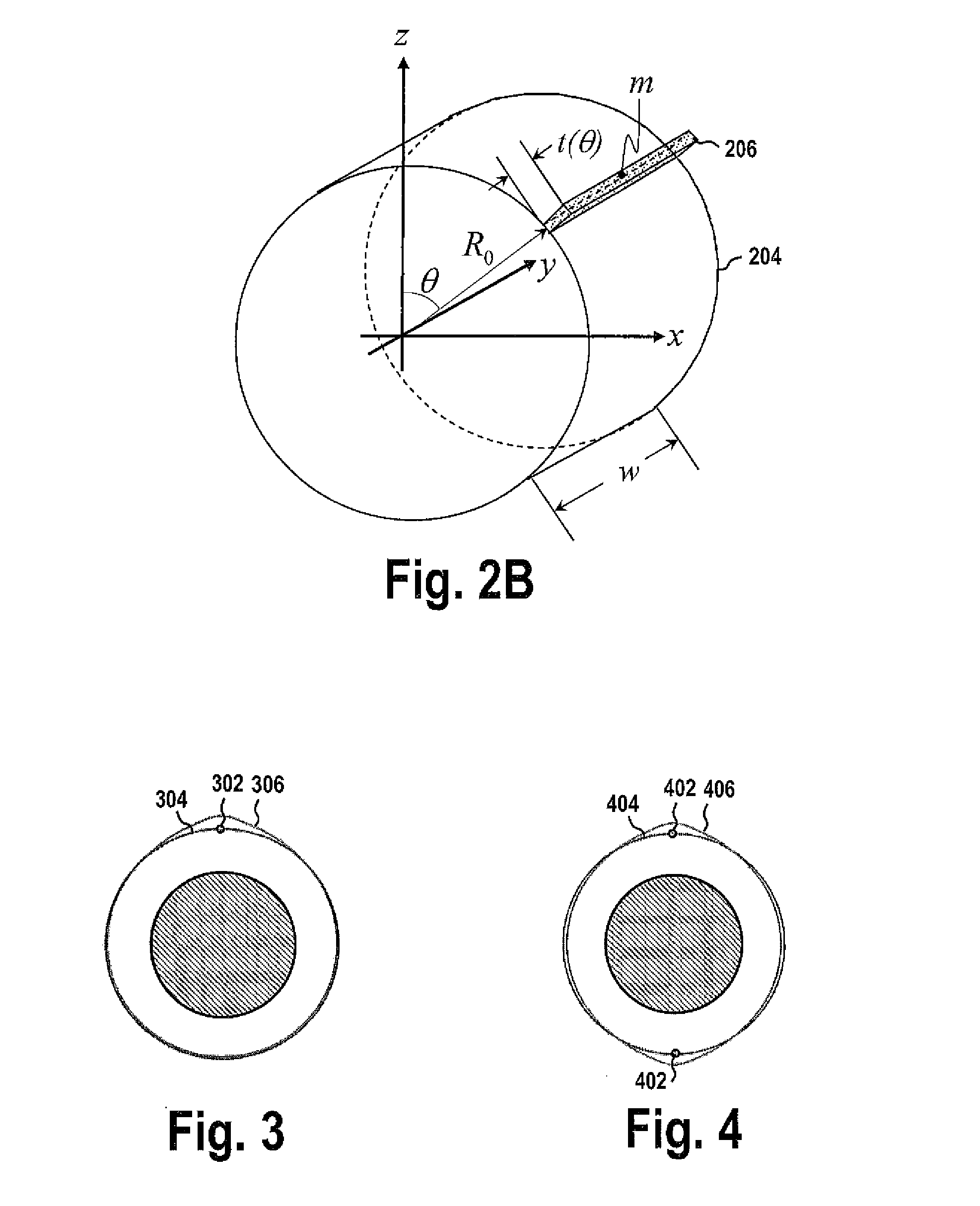Method for prediction and control of harmonic components of tire uniformity parameters
a technology of harmonic components and tire uniformity, which is applied in vehicle tyre testing, instruments, data acquisition and logging, etc., can solve the problems of tire non-uniformities that are important, the non-uniformity of tires present in the tire structure produces periodic-varying forces, and the conventional tire building method has many opportunities to produce non-uniform tires
- Summary
- Abstract
- Description
- Claims
- Application Information
AI Technical Summary
Benefits of technology
Problems solved by technology
Method used
Image
Examples
examples
[0078]To better appreciate the processes illustrated above, numerical examples of tire parameter prediction are presented. The results below provide actual data (i.e., test results for actual tires), and exemplify the types of accuracy that may be possible in determining such high speed tire parameters as uneven mass distribution and radial force variation by predicting such parameters from other measurements, such as radial run out and other measurements.
[0079]A first example presents aspects of an actual practiced method of predicting uneven mass distribution. Prediction quality for the uneven mass distribution determination method exemplified in FIGS. 6 and 7 was analyzed based on calibration and determination for three batches of tires. Results were obtained and compared for both the first harmonic (H1) and second harmonic (H2) components of measured high speed radial run out and corresponding uneven mass distribution (UMD). Table 1 shows the average results for the determinatio...
PUM
 Login to View More
Login to View More Abstract
Description
Claims
Application Information
 Login to View More
Login to View More - R&D
- Intellectual Property
- Life Sciences
- Materials
- Tech Scout
- Unparalleled Data Quality
- Higher Quality Content
- 60% Fewer Hallucinations
Browse by: Latest US Patents, China's latest patents, Technical Efficacy Thesaurus, Application Domain, Technology Topic, Popular Technical Reports.
© 2025 PatSnap. All rights reserved.Legal|Privacy policy|Modern Slavery Act Transparency Statement|Sitemap|About US| Contact US: help@patsnap.com



